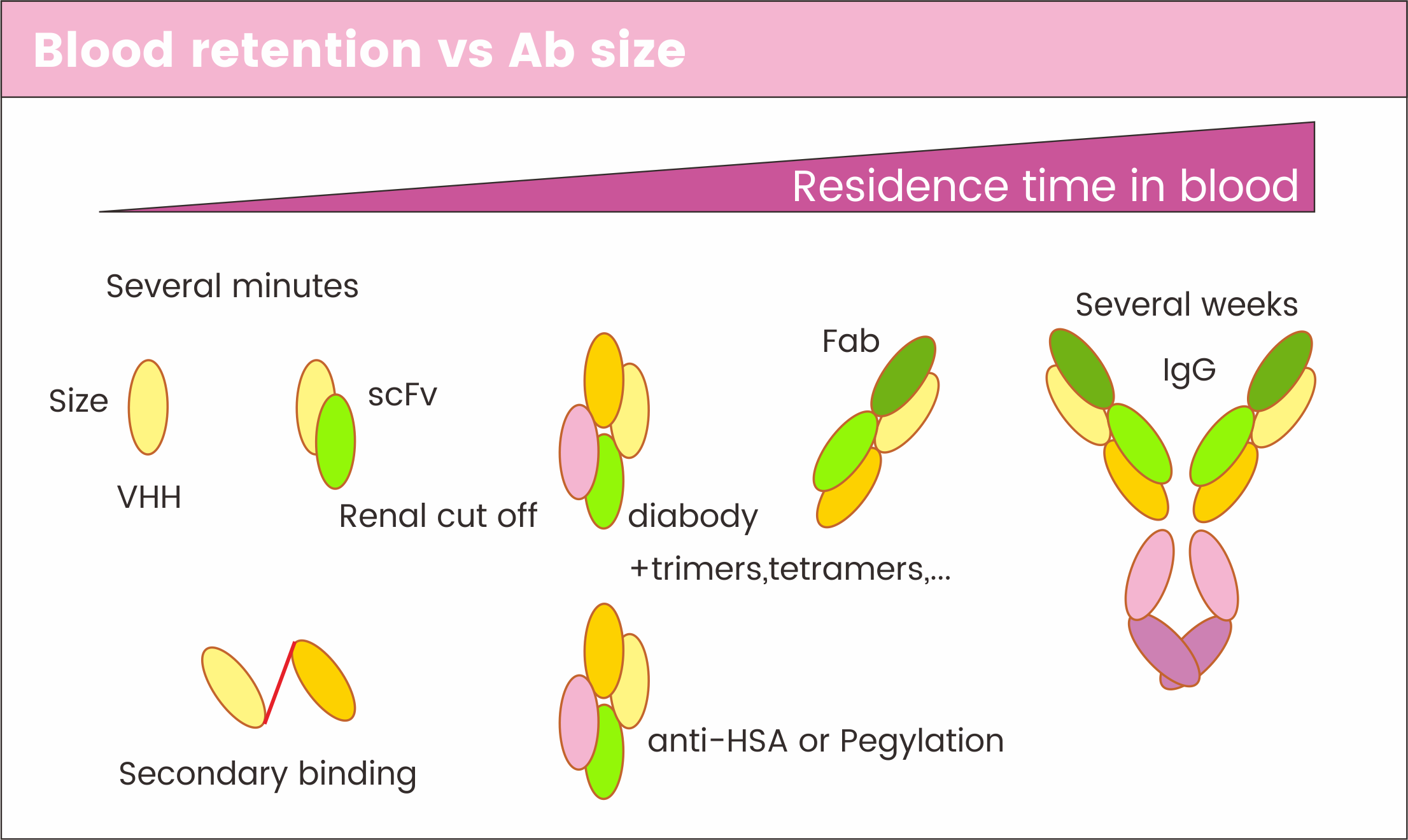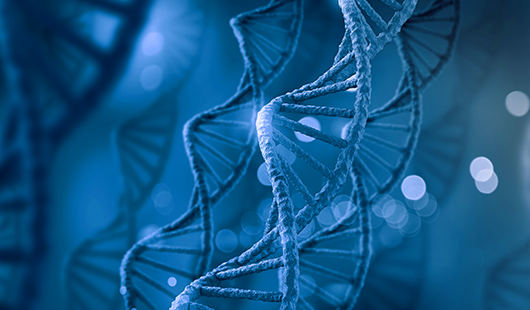The design and generation of a humanized artificial synthetic VHH library involve several steps. First, the sequences of the VHHs derived from camelids are analyzed, and the CDRs (Complementarity Determining Regions) are identified. Then, the CDRs are grafted onto a human framework to create a humanized artificial synthetic VHH library. The library is then screened for binding affinity and specificity towards the target antigen. The screening process can be done using different techniques such as phage display, yeast display, and ribosome display. Finally, the selected VHHs are produced in large quantities using recombinant DNA technology.
Advantages of humanized artificial synthetic VHH library: The use of a humanized artificial synthetic VHH library has several advantages over other VHH libraries. Firstly, the humanized VHH library has reduced immunogenicity compared to the naive VHH library since the CDRs of camelid-derived VHHs are grafted onto a human framework. This reduces the risk of inducing an immune response in humans, which is a significant concern for the development of therapeutic antibodies. Secondly, the humanized artificial synthetic VHH library has a high affinity and specificity towards the target antigen, which is comparable to that of the naive VHH library. Therefore, it has the potential to be used for various applications, including therapeutics. Lastly, the humanized artificial synthetic VHH library has a diverse range of VHHs with different binding properties, which increases the chances of finding a VHH that can bind to the target antigen.
Limitations of humanized artificial synthetic VHH library: Although the humanized artificial synthetic VHH library has several advantages, it also has some limitations. Firstly, the humanized VHH library has reduced diversity compared to the naive VHH library since the CDRs are derived from camelids. Therefore, some epitopes may not be recognized by the humanized VHH library, which can limit its use for certain applications. Secondly, the production of humanized VHHs can be more challenging and time-consuming compared to the production of naive VHHs since it involves the use of recombinant DNA technology.
Comparison with naive VHH library and immune VHH library: The naive VHH library is a collection of VHHs that are obtained from the immune system of camelids without any prior exposure to a specific antigen. Naive VHHs have a diverse range of binding properties and are easy to produce. However, they have a high immunogenicity, which limits their use for clinical applications. On the other hand, the immune VHH library is obtained from camelids that have been immunized with a specific antigen. Immune VHHs have high affinity and specificity towards the target antigen, but they also have a high immunogenicity. The humanized artificial synthetic VHH library, as mentioned earlier, overcomes the limitations of both naive and immune VHH libraries. It has reduced immunogenicity compared to the naive VHH library and a diverse range of VHHs with different binding properties like the immune VHH library.



